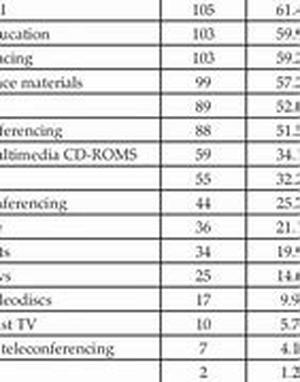
There Are More Verb Endings In German Than In English, And These Verb Endings Are Often Repeated. Like Most European Languages, German Has A Different Ending For Every Subject Or Person. So, In German, I Play Becomes Ich Spiele, You Play Is Du Spielst, And Hesheit Plays Becomes Ersiees Spielt. In The Plural, Most Verbs, Except In The 2nd Person Ends With En, As In Wir Spielen (we Play) And Ihr Spielt (You Play). Learning This Pattern For A Verb Makes It Easier To Learn The Pattern For All Regular German Verbs.To Explain It More Clearly, In Order To Form The Present Tense And Conjugate Verbs In German, We First Have To Identify The Stem By Removing The Suffix En, Which Occurs On Almost All Infinitives. For Example, To Conjugate The Verb Spielen, We Take Out The Stem By Removing The Suffix Spiel. So, According To Person And Number, We Add The Ending, As In Ich Spiele, Wir Spielen, And So On. Whenever A Stem Ends With A Sibilant - S, Z, Tz, , Ss - T Is Added To The Singular Second Person. When It Ends With D, T, Or Consonant N (except In R N), Est Is Added In The Second Person Singular, While Et Is Added For The Singular Third Person And Plural Second Person.The Above Examples Of Conjugation Of The Present Tense In German Apply Only To Regularweak Verbs. In Strongirregular Verbs, The Stem Endings Follow A Different Pattern. For Example, The Verb Essen (to Eat), When Conjugated Becomes Ich Esse (I Eat), Ersiees Isst (hesheit Eats), Wir Essen (we Eat), Ihr Esst (you Eat - Plural), And Sie Essen (you Eat - Formal Form).Just Like The French Verbs "tre (to Be) And "avoir (to Have), Referred To As Auxilliaries (such As To Have, Will, Would, Shall, Should, Can, Could, In English), Play A Special Role In French, The German Sein (to Be) And Haben (to Have) Also Follow An Unpredictable Pattern. For Example, Conjugation Of Haben Becomes Ich Habe (I Have), Du Hast (you Have Informal), Ersiees Hat (hesheit Has), Wir Haben (we Have), Ihr Habt (you Have - Plural), Sie Haben (they Have), And Sie Haben (you Haben - Formal Form). And For Sein, Ich Bin (I Am), Du Bist (you Are Informal), Ersiees Ist (hesheit Is), Wir Sind (we Are), Ihr Seid (you Are - Plural), Sie Sind (they Are), And Sie Haben (you Sind - Formal Form).You Can See That The Suffixes For We, They And The Formal You Are The Same, And That The Different Forms Of The Verb Sein (to Be) Are Used In Accordance With Whom And What Youre Talking About.





